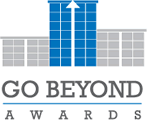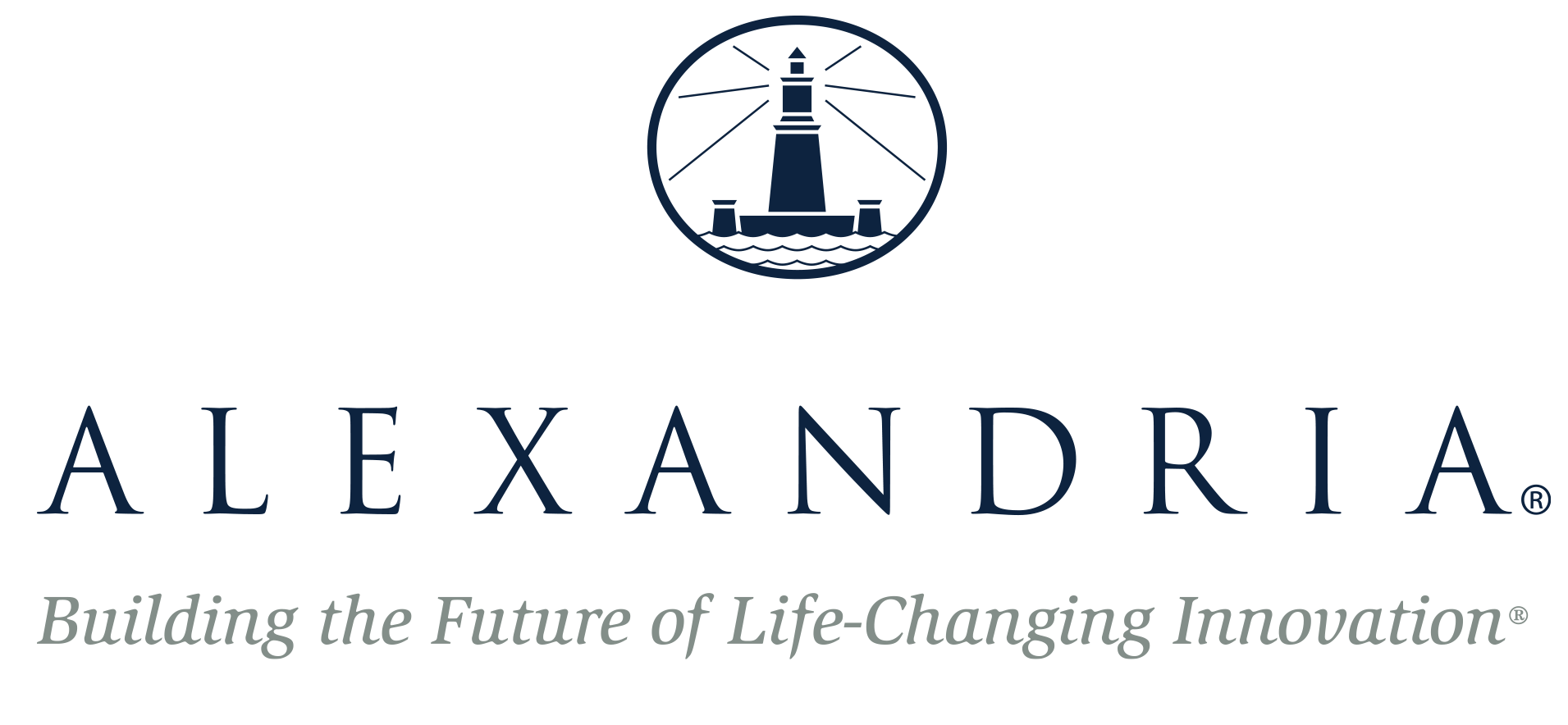
2011 Go Beyond Awards
A unique awards program honoring organizations, individuals, products, and projects that are advancing sustainable, high-performance facilities.
Labs21 2011 Annual Conference Go Beyond Award Winners
I2SL, in partnership with R&D Magazine, is pleased to acknowledge the winners of the fourth-annual Go Beyond Awards. Go Beyond Award winners show their commitment to the goals of Labs21 and demonstrate that excellence in sustainability means going beyond the laboratory, beyond the United States, and beyond being green when considering building projects, products, and services.
The Go Beyond Awards were presented during the Labs21 Luncheon on Thursday, September 22. The fourth annual Go Beyond Awards recognize the following outstanding winners:
-
Individual Award: Brad Cochran, CPP
-
Innovative Technology and Systems Award: California Institute of Technology
-
New Construction Project Award: Teaching and Research Winery and the August A. Busch III Brewing and Food Science Laboratory at the University of California, Davis
- Equipment Manufacturers' Award: Waldner, Inc.
This year's winners were also featured in Lab Design Newsletter.
Individual Award
Brad Cochran, CPP
 |
Throughout his successful career, Brad Cochran has managed projects for several universities, federal agencies, and pharmaceutical companies. Using computational fluid dynamics and modeling, Brad's work informs his clients on re-entrained exhaust, plume impacts on neighboring communities, indoor-air circulation patterns, and potential for cross contamination. Brad has been instrumental in the development of the Equivalent Building Dimension concept, which provides greater accuracy in estimating concentrations due to building downwash using EPA's Industrial Source Complex model. Brad has developed a workshop describing the process and benefits of wind tunnel testing and computational fluid CFD modeling for the safe design and operational performance of laboratories. The workshop promotes the environmental and human health advantages of understanding the movement of laboratory exhaust and indoor air movement. Brad is an active member of the Labs21 Community, consistently going above and beyond to regularly present at conferences, lending his technical expertise to a variety of Labs21 best practices and case studies, and developing his workshop.
Read more about Mr. Cochran and his Go Beyond Award on CPP Wind's website.
Innovative Technology and Systems Award
California Institute of Technology
 |
|
 |
|
| Matthew Berbee (left) and John Onderdonk (right) accept on behalf of the California Institute of Technology. |
Several initiatives at the California Institute of Technology (Caltech), including a Greenhouse Gas Mitigation Plan, Energy Conservation Investment Program, and the aggressive Caltech Retro-Commissioning Program, are working together to help the university reduce energy use and greenhouse gas emissions. The 2009 Caltech Greenhouse Gas Mitigation Plan called for large scale deployment of renewable energy generation in the form of solar photovoltaic and fuel cell installations. Annually, Caltech's solar installations generate 1.3 megawatts (MW) of energy and reduce campus greenhouse gas emissions by 1,600 metric tons. Caltech's 20 fuel cells produce 17,000 MW hours annually and are fueled by directed biogas, making them 88 percent cleaner than grid power, resulting in 10,000 metric tons of avoided emissions annually. Caltech generates more than 3 MW of renewable energy onsite and has reduced its purchases of coal-based power by half to roughly 20 percent. Ultimately, the strength of Caltech's Greenhouse Gas Mitigation Plan is that these energy conservation and renewable energy generation projects complement each other to maximize Caltech's greenhouse gas emission reductions. This synergy is illustrated perfectly by Caltech's three LEED® Gold certified laboratories, all of which achieve at least a 20 percent reduction in energy use with two hosting roof-top photovoltaic arrays. The marquee project is the Linde + Robinson Laboratory, which brings together concentrated solar photovoltaics and fuel cells to power the nation's first LEED Platinum certified laboratory in a historic building.
New Construction Project Award
Teaching and Research Winery and the August A. Busch III Brewing and Food Science Laboratory at the University of California, Davis
 |
|
 |
|
| Stevens Williams of Flad Architects (left) and Allen Doyle of the University of California, Davis, (right) accept the award. |
Designed by Flad Architects, the Teaching and Research Winery at the August A. Busch III Brewing and Food Science Laboratory combines active learning with applied research. Agricultural heritage and scientific inquiry define the University of California, Davis programs in viticulture and food sciences that are housed in the facility. Bench-top science is combined with applied process technologies to create an extended learning environment. The building is the first in the region to meet all domestic and irrigation needs through stormwater harvest, facilitated by a 176,000-gallon rainwater storage system. It is also the first process science facility to achieve LEED Platinum certification. Initiatives that led to LEED credits include a 40 percent reduction in water demand, 36 percent improvement over the energy baseline with exemplary performance in onsite renewable energy, and night purge ventilation and piping of fermentors for carbon dioxide capture. In addition, the students have direct involvement in the operation and monitoring of building systems. In this entirely donor-funded project, all this was achieved on a lean construction budget through the use of design-build delivery that engaged the vision of the benefactors.
Equipment Manufacturers' Award
Waldner, Inc.
 |
|
 |
|
| Konrad Kruezer accepts the award on behalf of Waldner, Inc. |
Waldner is committed to low-energy use practices and the creation of efficient, effective products. Waldner fume hood products are designed to reduce energy consumption both in their manufacture and usage in the laboratory. During their manufacture, fume hood components are bonded at low temperatures to generate fewer emissions and reduce energy consumption. Techniques to shorten the production processes also further reduce manufacturing energy use. Waldner has also chosen to considerably reduce its use of energy-intensive aluminum in products. Once in the laboratory, Waldner products are designed to expend less operational energy. Their fume hoods optimize flow patterns in the air supply and exhaust while maintaining performance and safe operation. This four-year Labs21 Annual Conference Technology and Services Fair exhibitor's commitment to energy recovery, energy efficiency, and material recycling is evidenced in all areas of their facility operations. Waldner exhibits a strong commitment to rainwater capture and water conservation, as well as great sensitivity to its role as a resource consumer in a small rural community setting. Waldner has been very active with Labs21 and I2SL, participating in I2SL's Global Sustainable Laboratory Network, which engages a global network in sustainable laboratories collaboration and research. Waldner also helped create EGNATON, a European nonprofit organization and I2SL partner that aims to support the development of sustainable practices in laboratory design.
Back to Go Beyond Awards Index

